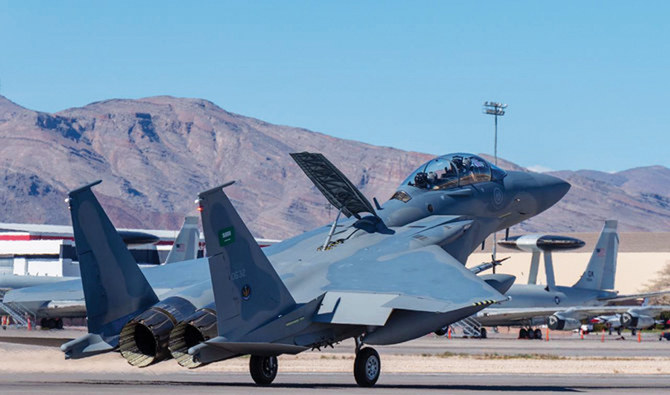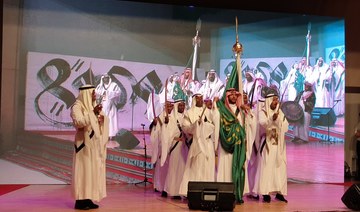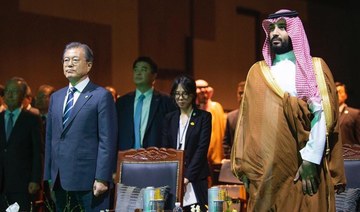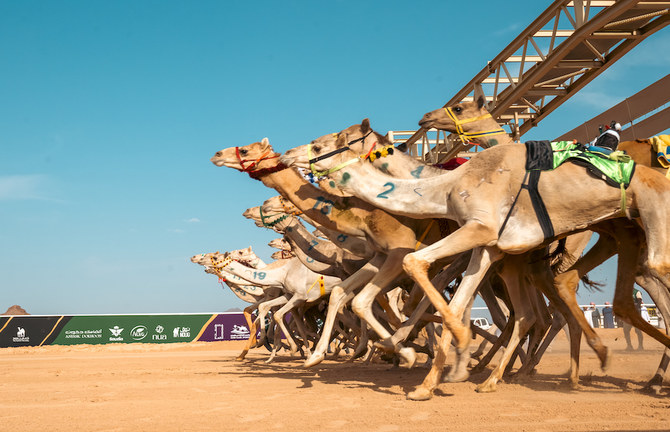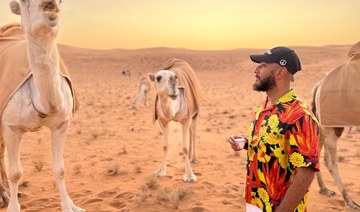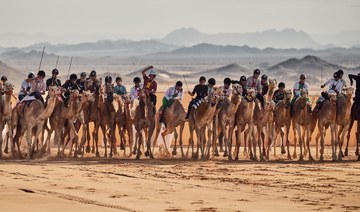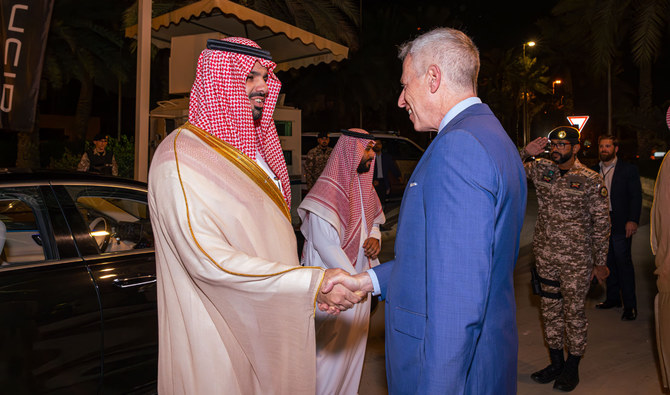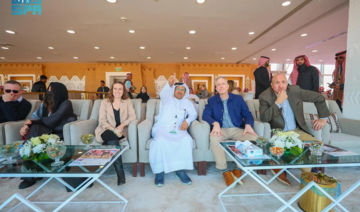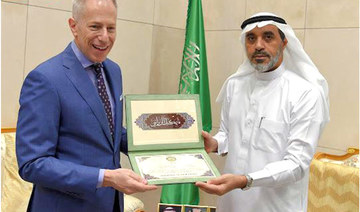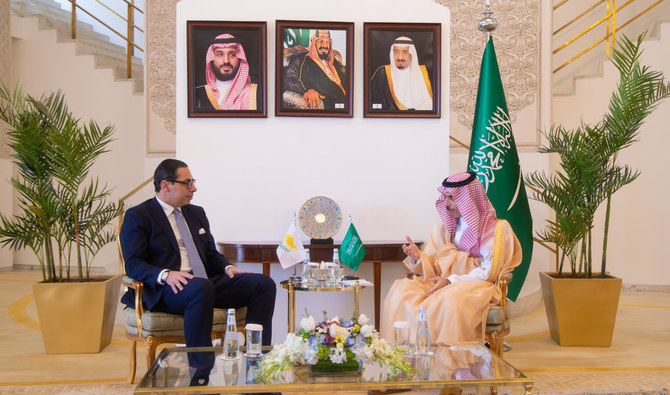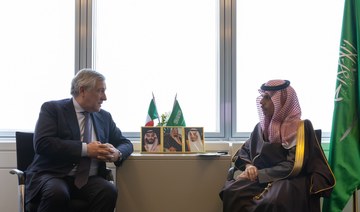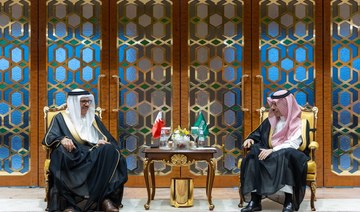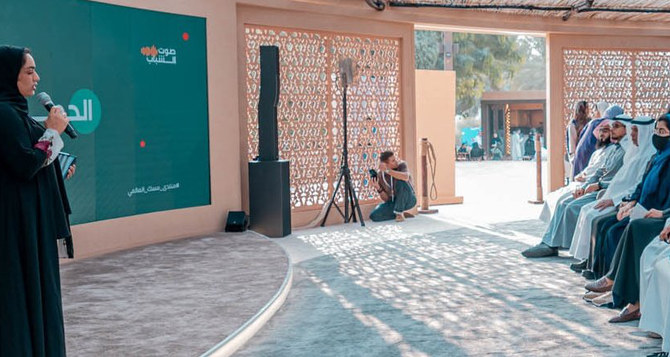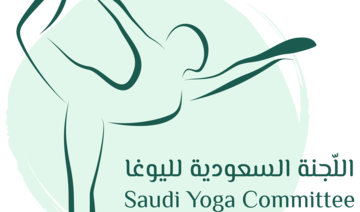SEOUL: Saudi Crown Prince Mohammed bin Salman showed a keen interest in South Korea’s weapons development programs, South Korean defense officials said on Thursday.
The crown prince, who is also defense minister, visited the Agency for Defense Development (ADD), the hub for developing South Korea’s weapons systems, before flying to Japan to attend the G20 Summit.
“We can’t disclose details of the crown prince’s visit to our agency,” an ADD spokesman said, citing the sensitivity of the matter.
But an informed defense industry source told Arab News that the crown prince toured the agency and observed the demonstration of key weapons systems under development.
“Riyadh is keen to augment its air defense system to defend against missile and drone attacks by Houthi militias (in Yemen),” Kim Dae-young, a weapons analyst at the Korea Research Institute for National Strategy, told Arab News.
“In that case, South Korea’s weapons systems and related technologies could be an effective option,” he added.
“In order to minimize civilian casualties, the Saudi armed forces would need more precision armament.”
Houthi attacks
In recent weeks, the Iran-backed Houthis have increased missile and drone attacks against Saudi Arabia.
They have carried out at least 10 missile or drone attacks since April against Saudi airports and other infrastructure facilities. The Kingdom has succeeded in intercepting some of them.
One of the goals of the Saudi Vision 2030 strategy is to produce locally at least half of the Kingdom’s defense equipment over the next decade. Saudi Arabia is the world’s largest arms importer.
Against that backdrop, an executive of a major defense group in South Korea said the crown prince showed a willingness to set up a weapons development agency similar to the ADD.
“Saudi Arabia has long spent freely to purchase weapons systems abroad, but it wants now to bring in technologies and infrastructures so as to nurture a robust defense industry domestically,” the executive said on condition of
HIGHLIGHTS
• In recent weeks, the Iran-backed Houthis have increased missile and drone attacks against Saudi Arabia.
• One of the goals of the Saudi Vision 2030 strategy is to produce locally at least half of the Kingdom’s defense equipment over the next decade.
anonymity, citing comments by ADD sources.
Kim said: “If the Saudi defense sector can be successfully developed, the Kingdom could create a new growth engine, easing its overreliance on energy exports.”
He added: “For South Korea, Saudi Arabia could be a bridgehead to expand its defense exports to the Middle East. So it’s going to be a win-win game.”
The crown prince wrapped up his two-day visit on Thursday with commitments to eight business deals worth a total of $8.3 billion between Saudi state firms and South Korean private companies. In addition, 16 government-level agreements to expand bilateral cooperation in various industry sectors, including robotics, were sealed.
Potential ties
The agreements were signed after talks with South Korean President Moon Jae-in on Wednesday at the presidential Blue House, where the crown prince was also greeted by business leaders, including Samsung Group heir Lee Jae-yong and Hyundai Motor Group heir Chung Eui-sun.
The agreements include a $6 billion joint project between the Kingdom’s national oil company Saudi Aramco and Korean oil refiner S-Oil, and a memorandum of understanding between Aramco and Hyundai to cooperate on hydrogen car technology.
The crown prince had a private one-on-one meeting on Wednesday at Samsung’s secretive guest house in Seoul.
According to Samsung officials, the crown prince and Lee discussed potential cooperation on future-oriented technologies such as 5G, artificial intelligence and the Internet of Things.



